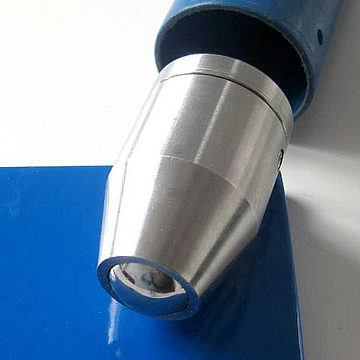VAG Quality
Patented and certified - approved valves
Gate valves and butterfly valves, non-return valves, plunger valves, hollow-jet discharge valves, air valves, control valves, house connection valves and fire hydrants - VAG valves can be found in virtually all water works, power plants and pumping stations as well as in numerous building connection systems. There’s a good reason for that: Numerous successful patent applications and certificates for our company and its products are proof of our know-how and expertise in innovative valve development. However, quality checking comes before the awards. It ensures the durability and functional reliability that you rightly expect from VAG.
Whether high water pressure or extreme temperatures, the material must be the right one. In extensive coating tests as well as pressure, leak-tightness and functional tests we simulate the emergencies that your systems must cope with every day. In addition to mathematical calculations, we carry out specific model trials in our own VAG test field. If necessary, we make use of the capacities of renowned universities.
Information on ASME Sec. III N-Stamp





